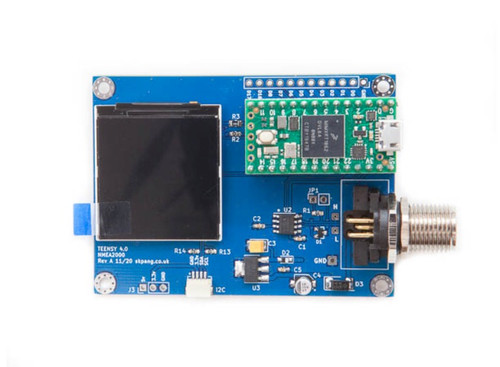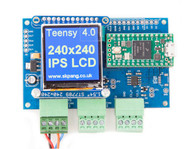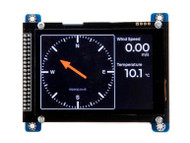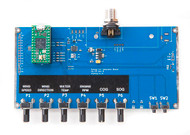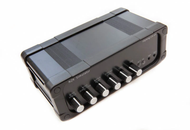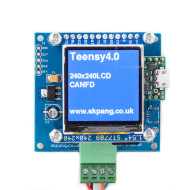Product Description
Free Shipping Within the United States!
Meet the Teensy 4.0 with NMEA 2000 Connector and 240×240 IPS LCD — the ultimate compact powerhouse for marine and embedded systems. This board seamlessly blends high-performance computing and marine-grade networking in a slim, rugged package.
Key Features at a Glance
-
Teensy 4.0 microcontroller (ARM Cortex-M7, 600 MHz): One of the fastest microcontrollers available today, the powerful NXP i.MXRT1062 processor provides blazing performance in a tiny form factor, complete with 2 MB flash and 1 MB RAM (including 512 KB tightly-coupled memory for ultra-fast operations).
-
vivid 1.54″ IPS TFT LCD (240×240): Wide-angle display perfect for real-time marine data or sensor dashboards.
-
Micro-C NMEA 2000 connector: Ships power (12 VDC) through the NMEA bus and integrates directly with marine-grade networks.
-
On-board 5 V regulator with reverse-polarity protection: Rugged power management ensures safe operation across 7–12 V inputs.
-
Qwiic (I²C) connector for sensors: Plug in temperature, pressure, motion, or environmental sensors—ideal for modular expansion.
- 120 Ohm Termination resistor
-
CAN/NMEA 2000 ready: Drop in and go—fully bus-ready for marine instrumentation.
Why Teensy 4.0 Really Stands Out
The Teensy 4.0 draws its power from the high-performance ARM Cortex-M7 core clocked at 600 MHz. This includes state-of-the-art features like:
-
DSP (Digital Signal Processing) acceleration
-
Hardware floating-point unit (32-bit and 64-bit support)
-
Dual-issue superscalar execution, large caches, branch prediction
-
Massive I/O flexibility—40 digital pins, multiple SPI, I²C, UART channels, DMA, PWM, audio interfaces, and more
In short, it's not just fast—it's smart and versatile, ideal for real-time data visualization, decoding CAN/NMEA messages, audio applications, or anything demanding both speed and precision.
What is NMEA 2000 (N2K)?
NMEA 2000 is a marine-grade, plug-and-play networking standard for vessels. It’s built on CAN bus technology, adapted for maritime communication with:
-
High data rate (250 kbps)
-
Multi-talker, multi-listener architecture — unlike older NMEA 0183 systems, N2K supports multiple sensors and displays simultaneously.
-
Shared backbone cabling that carries power and data, simplifying wiring and integration.
-
Broad compatibility with GPS, autopilots, depth sounders, wind sensors, engine monitors, AIS modules, and chartplotters.
This standard is a cornerstone of modern marine systems—allowing devices from different manufacturers to talk seamlessly.
Applications That Demand This Board
This board shines in a wide range of applications:
-
Marine Instrumentation Display: Read live NMEA 2000 data—wind speed, depth, GPS coordinates—and display it on the built-in LCD, no extra hardware required.
-
Diagnostic & Development Tool: Simulate NMEA traffic (PGNs) for testing autopilots, instrument clusters, or network behavior—ideal for development labs or field trials.
-
Portable Data Logger / Chartplotter: Log speed, heading, temp, or NMEA data to SD or display it in a user-friendly interface.
-
Sensor Network Hub: Integrate non-NMEA sensors (via the I²C/Qwiic header) into a unified NMEA dashboard—perfect for hybrid sensor setups.
-
Educational & Prototyping Platform: Teach maritime electronics, embedded systems, or CAN networking with a hands-on tool that’s both visible and tactile.
Documents
Demo Application
The images below represent an example of reading data from an NMEA 2000 wind and temperature sensor and displaying the results.
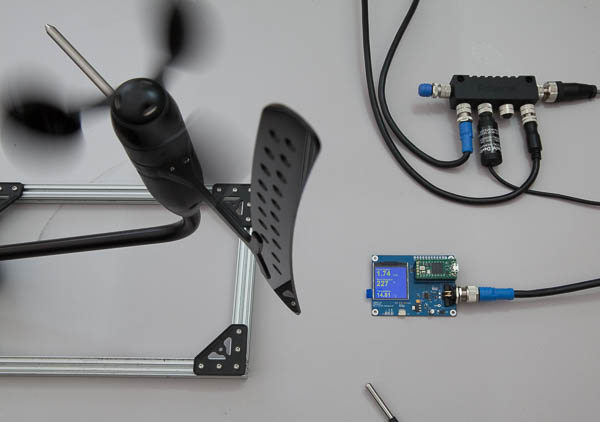
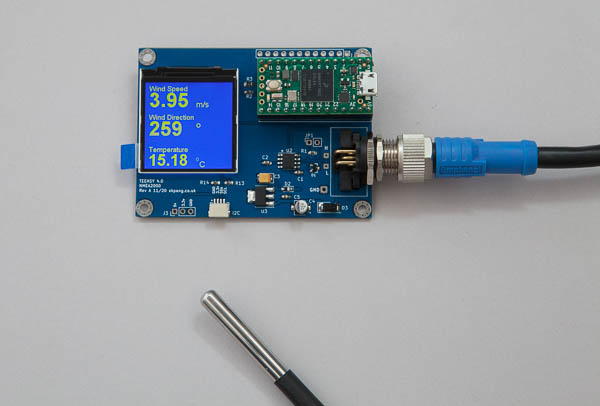
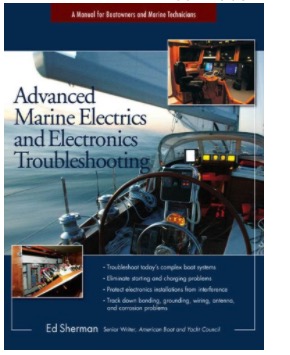 Advanced Marine Electrics and Electronics Troubleshooting
Advanced Marine Electrics and Electronics Troubleshooting
Whether you are a marine electronics professional or a boat owner, Advanced Marine Electrics and Electronics Troubleshooting helps you understand the new, more powerful methods of troubleshooting marine electrical and electronic systems.
A modern boat’s sophisticated installations and networked electronics can stretch the traditional diagnostic methods based on trouble lights and multimeters past their useful limits.
This book will show you how to:
- Use microprocessor-based diagnostic tools and techniques from the automotive and communications sectors, adapted for boats for the first time
- Diagnose the most difficult AC and DC problems
- Protect communications and navigation electronics from interference and lightning
- Seek out and eliminate stray-current sources and galvanic corrosion
 Loading... Please wait...
Loading... Please wait...

